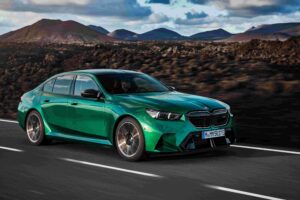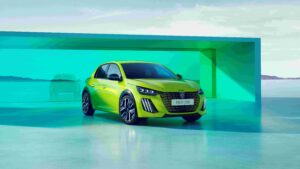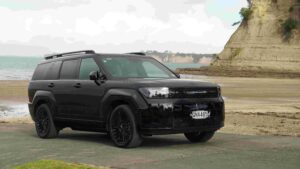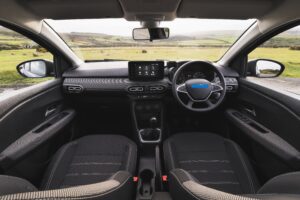According to Toyota New Zealand there has recently been a rewiring of the automotive industry that’s causing both a real challenge and a massive opportunity. Climate change is obviously the main driving force, however Toyota feels that the behaviour of the consumer is still evolving and government policies are ‘mixed’.

“The last three years have been really tough,” says Neeraj Lala Chief Executive Officer · Toyota New Zealand Limited, “it’s progressively got more and more challenging. In the past twelve months I’ve been called tone deaf, living in lala land and I should stop selling Hilux if I was serious about being a climate ambassador, as critics have struggled to understand the impact the climate policies have had on the automotive landscape.”
The two government policies causing challenges for the automotive industry right now are the clean car discount (CCD) and arguably more importantly the clean car standard (CCS).
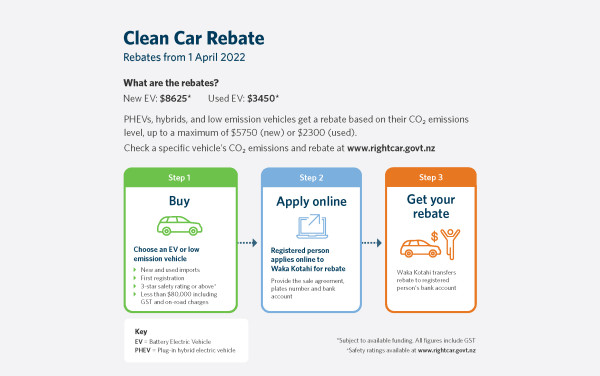
The CCD is relatively simple, with discounts for cleaner cars and penalties for ‘non clean’ cars. But Lala believes not all is what it seems.
“You’ll hear that the discount has been successful, so successful that it’s about to undergo a major redesign!” Lala says that the reason it is struggling at the moment is because it doesn’t have enough money, ‘it’s not sustainable, so it needs to be changed’. And he believes that the change will be here soon.
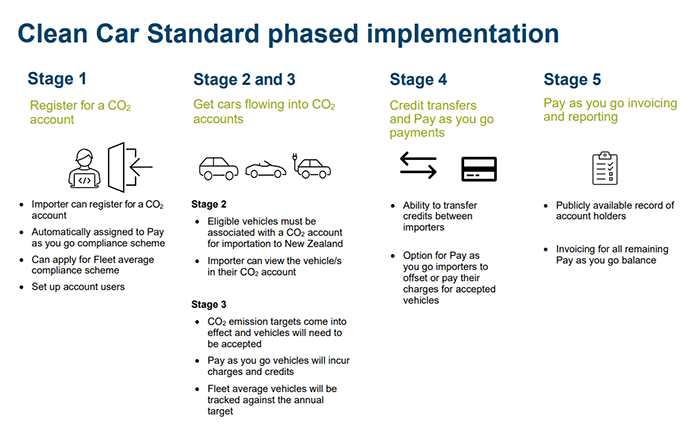
Where the CCD is ‘simple’, the CCS is somewhat more complex. With the CCS every car company has a ‘reduction of their CO2’ target. Toyota for instance has to go from 180g to 91g by 2027. In essence, companies can accumulate credits now and pay penalties at some point later, when they run out.
Lala explains further. “The Credits aren’t cash, they are credits with a 3-year expiry, so our c25million credits will expire in 2026. So if I had a penalty of 5-6 million, I could use these credits and with the remaining balance I can either sell to some of our friends in the industry, or need to use elsewhere.”
To us this seems pretty straightforward, but Lala says that the problem is less transparent.
“As an example, based on the balance of our current car sales, we don’t have any pressure to increase the price of our Hilux. The challenge occurs if our competitors choses to (or have to) increase the price of their cars because they don’t have any credits, and we don’t.”
He says that if Toyota doesn’t increase the price they won’t be able (due to the CCS) to satisfy the inevitable increased demand.
“We have a cap on how many vehicles we can sell, so if they [our competitors] put their prices up and we don’t, we can’t take the increased demand. And the penalties are really harsh, $45-65 per gram above the target. So if the target was 91 and we got to 100, it would be 9 grams x $65 x 40,000 cars that we sell. So it runs into the multi-millions of dollars.”
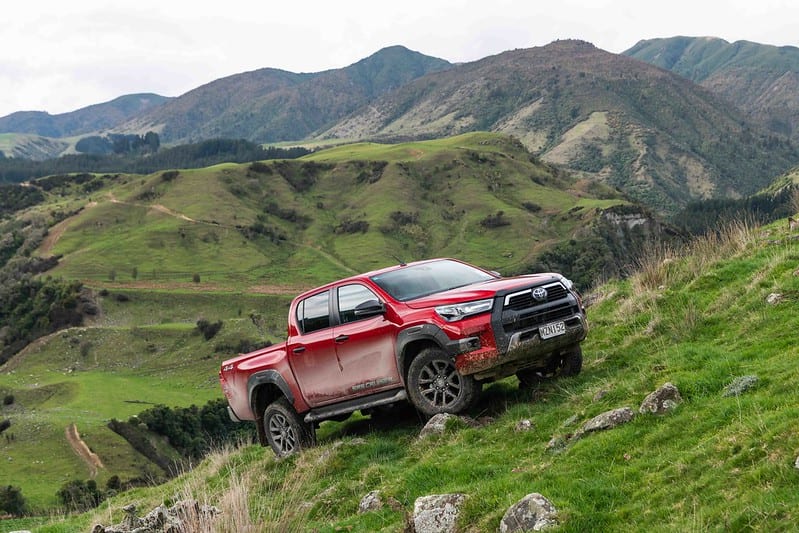
Lala says that ultimately it will impact the affordability of the product, it has to, and this in turn will exacerbate the cost of living crisis.
“And we can’t seem to get this message across to the government!” Lala exclaims.
Lala is also a somewhat cynical about the CCD saying that it should be renamed the ‘EV fund for rich people’, saying that If the objective is to reduce carbon from our fleet you can achieve it in lots of ways.
“For example, the emissions that go into generating one EV, is equivalent to six PHEVs and ninety hybrids, which means that you’ll get the biggest bang for your buck in the shorter period of time with a hybrid.”
Although Lala is quick to point out that he’s not specifically advocating that we all drive hybrids, in fact, he believes that there is no one size fits all.
“We are firm believers that there is no silver bullet. Our biggest challenge is much bigger than just electrification. Our ambition is a minimum of 46% reduction from our new and used cars. We’ve looked at what it will take to reduce that carbon footprint and we’ve looked at carbon as the enemy, not mobility.”
Lala says that if they focus on their total fleet, not only have they seen a 30% reduction over the last 10 years, but they’re also looking at a further 46% over the next 7 years,so big targets.
“There are multiple ways to decarbonise beyond offering a single solution, which includes freight and waste. From a mobility perspective we are confident that we can exceed all those targets with a range of powertrains. Personal and micro mobility solutions are very real. We are working with government agencies to see how these can be applied.”
According to Lala, the automotive industry is undergoing seismic change, and at a level that we’ve never seen before. But he says that it’s also on the cusp of delivering a huge amount of impact. He says that there has been a societal change and a change of priorities for consumers.
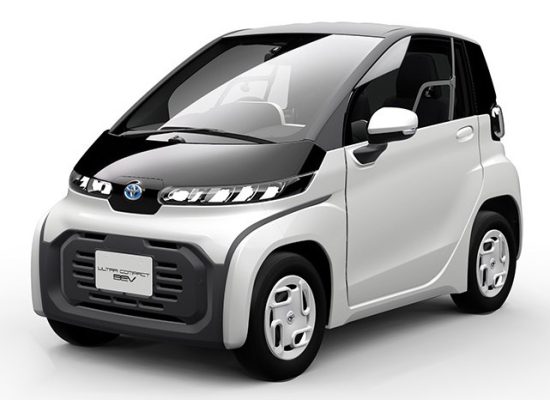
Climate change is completely rewriting the playbook on how people are living their lives and how they behave. There’s a stronger shift of customers genuinely concerned about climate change, so the mode has gone from a concern around car shaming, to genuine guilt of using something that’s high emissions.”
Lala believes that this is causing an increase in cars per household, with the BEV being an ‘additional car’.
“NZ, along with the US, has the most cars per household, around 4 cars. So decarbonisation will be achieved with lowering congestion on the road, but in the short to medium term we will be increasing it.”
He says that Toyota has continued to experience unprecedented levels of disruption and lingering impact of Covid, including engineering teams and components.
“We’ve got half of our models that we literally can’t offer our customers, we can’t take a deposit because we can’t guarantee a delivery time frame.”
With the above in mind, Toyota NZ have needed to completely rewire their entire business, from supply chains, to their digital in store experience and Lala believes that other businesses and economies will have to deal with this level of disruption and have a new layer of resilience as this is our new normal.
“In NZ we are particularly focused on this area, how do we develop new layers of innovation with more resilience. Offering innovative mobility is important. Access to mobility will be equally as important as owning a car. We are looking at being a powertrain department store of the future. Our vision is to offer every low emission solution in every innovative platform that we can bring to market.”
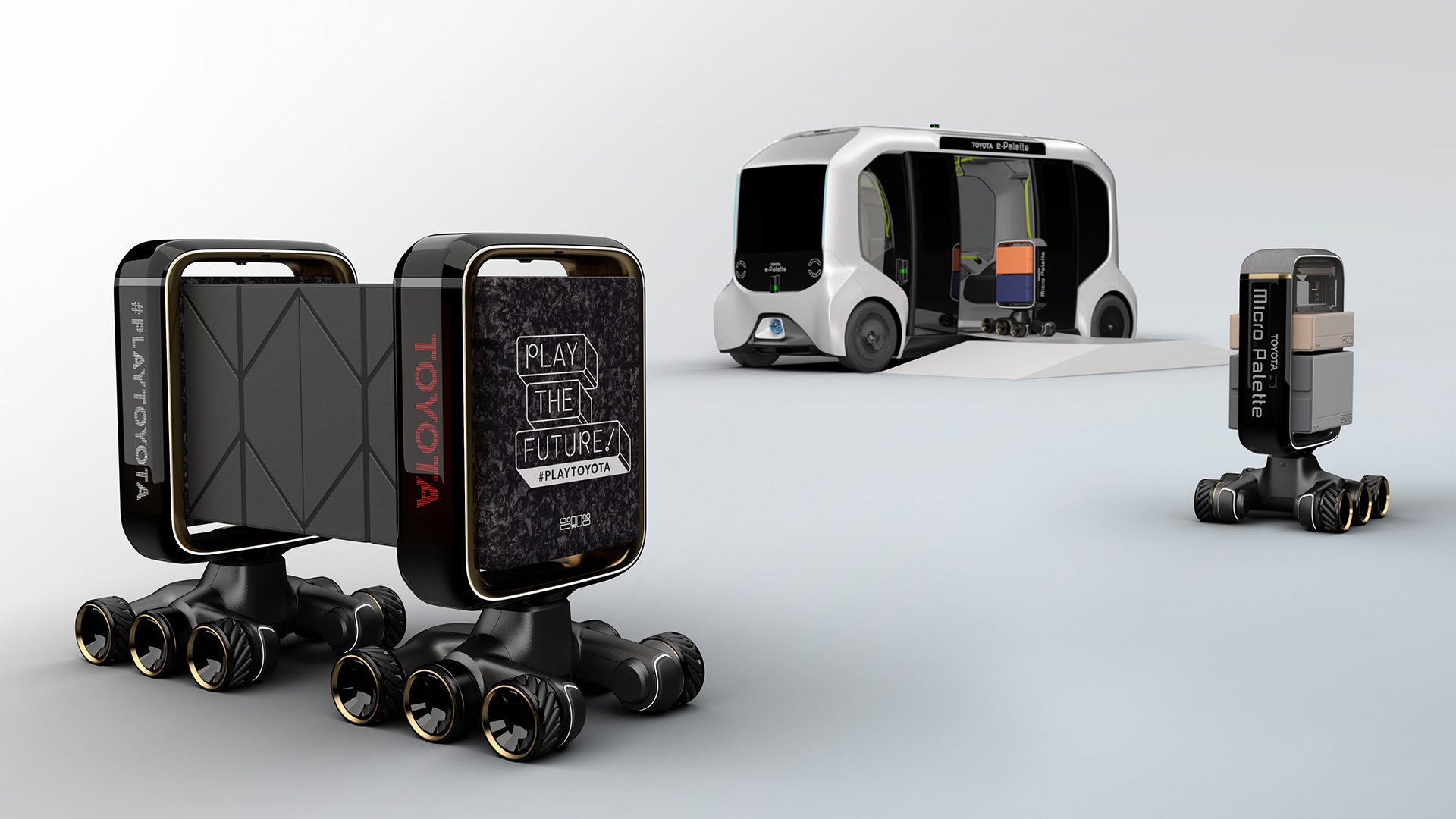
When it comes to innovation and investment Toyota NZ have been busy, with hydrogen being high on the list, but not in the way you may think.
“Our investment in hydrogen extends way beyond cars, we have an ambition to help establish a hydrogen society in NZ that ultimately leads to green hydrogen generation for export opportunities for our economy.”
He says that they’re not looking to fill our car parks with hydrogen cars, they are looking at trying to generate a huge consumption of green hydrogen, that in turn supports the generation and that generation supports the storage, the freight and ultimately the export. And that this can only be achieved if they increase domestic demand.
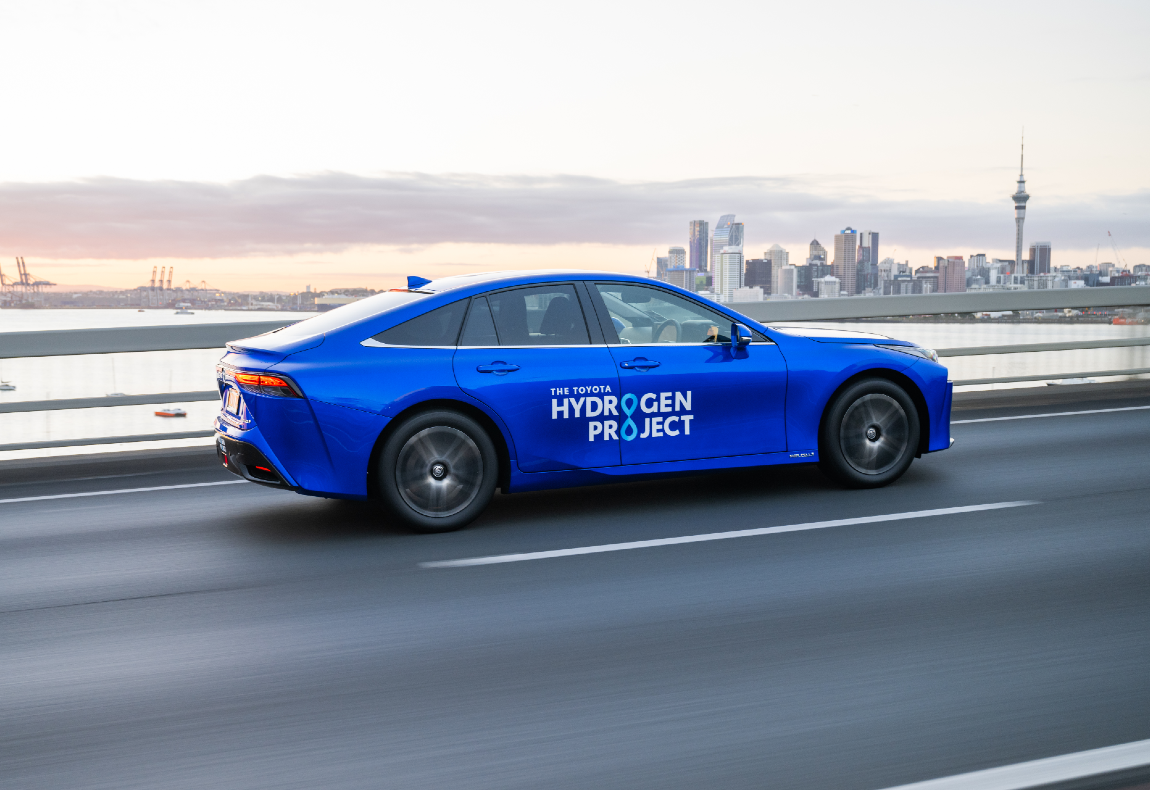
“So we have three areas that we have considerable investment in at present. And they have all been done with a view of impact. NZ’s objective is to decarbonise the economy, not just transport, so we have provided zero-emission mobility into inner city Auckland.”
In order to get to grips with hydrogen fuel cells, Toyota has introduced a hydrogen car share scheme (4 at the moment with another 5 on the way) to a number of big companies. In just 6 months there has been around 25,000km travelled resulting in a reduction of around 4.5-tonnes of CO2.
The fuel cells have been moved into boats and ferries, with one example dropping the usage of 850l of diesel a day, down to 35kgs of hydrogen. On top of this, their hydrogen boat solution was written into the America’s Cup chase boats, and something that’s going to be seen in Barcelona.
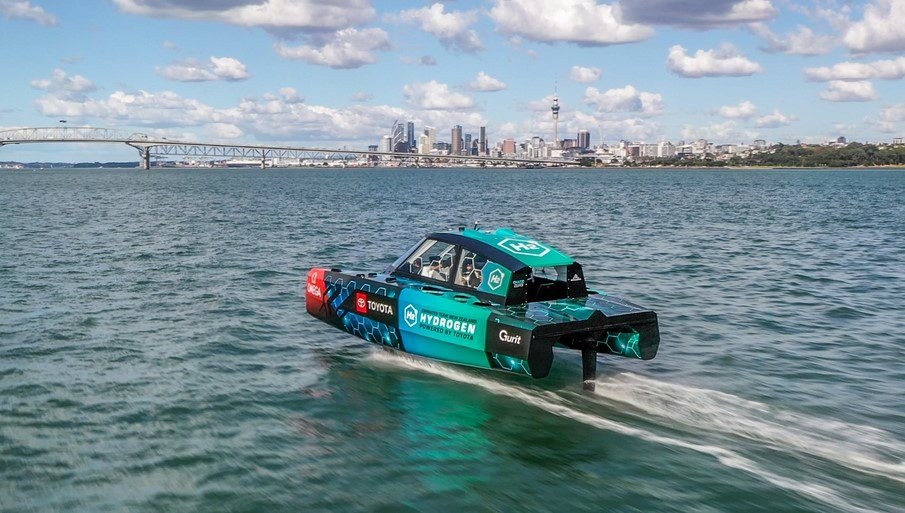
Lala says that NZ needs a more connected and seamless mobility ecosystem and believes that Toyota is well placed to deliver one on their own.
“Creating this ecosystem will be the catalyst for decarbonising the light vehicle industry but for this to work successfully we’ve got to introduce a range of new technologies and systems.”
Lala reckons that carbon neutrality cannot be achieved by the car industry alone nor by fully BEVs alone either.
“They will make a massive difference but will not fix the problem alone. We have the challenge of infrastructure, the supply of products. The future will see less of us owning cars and using the likes of cityhop to share vehicles and beyond. Our big focus is to ensure that every Toyota customer in NZ has access to a Toyota anywhere in NZ.”
From Toyota’s business perspective, there’s now a focus on communities and when it comes to sustainability, they’ve taken the view that decarbonisation is the actual objective that they seek.
“Mobility is all about the mix we can offer and what that transition looks like for Toyota. Innovation is low emissions technology and hydrogen technology and I can’t emphasise how much we believe this will impact the super economy.”



